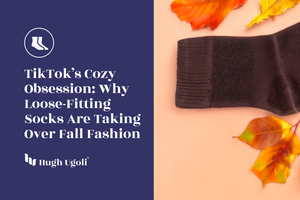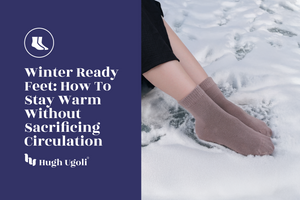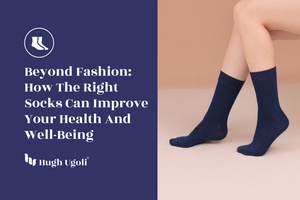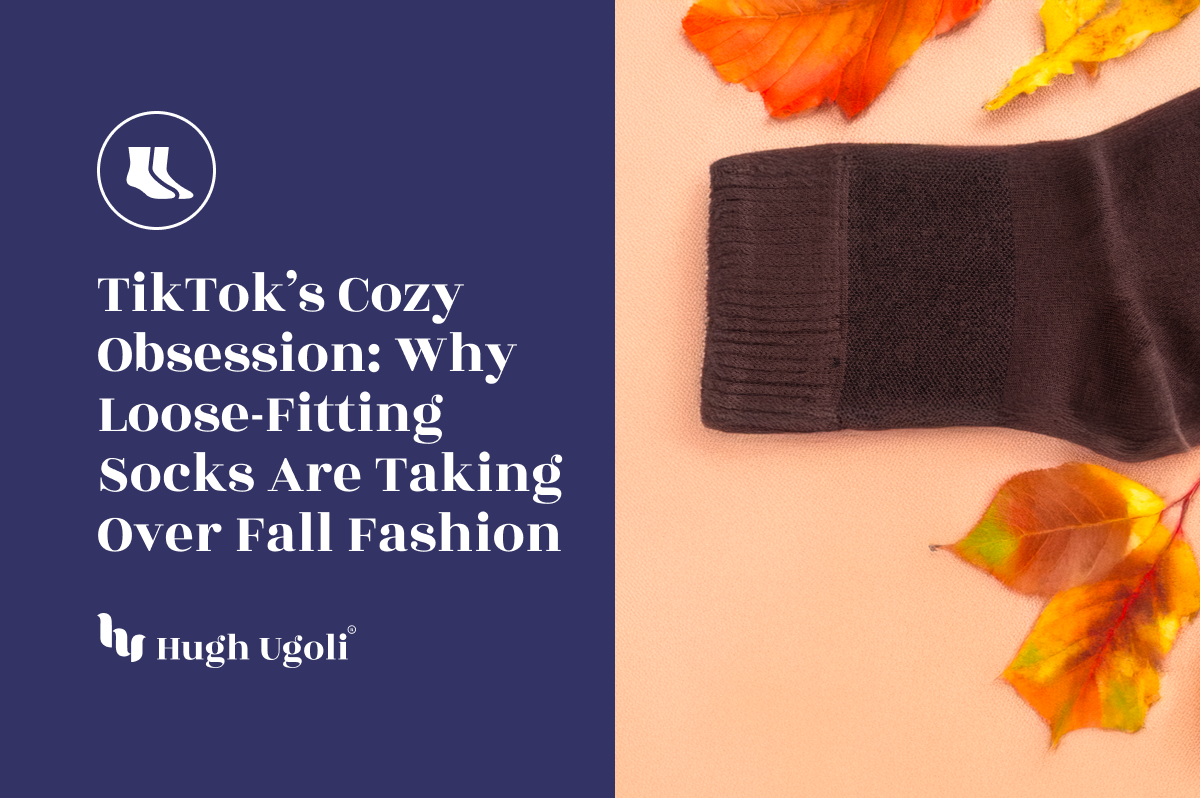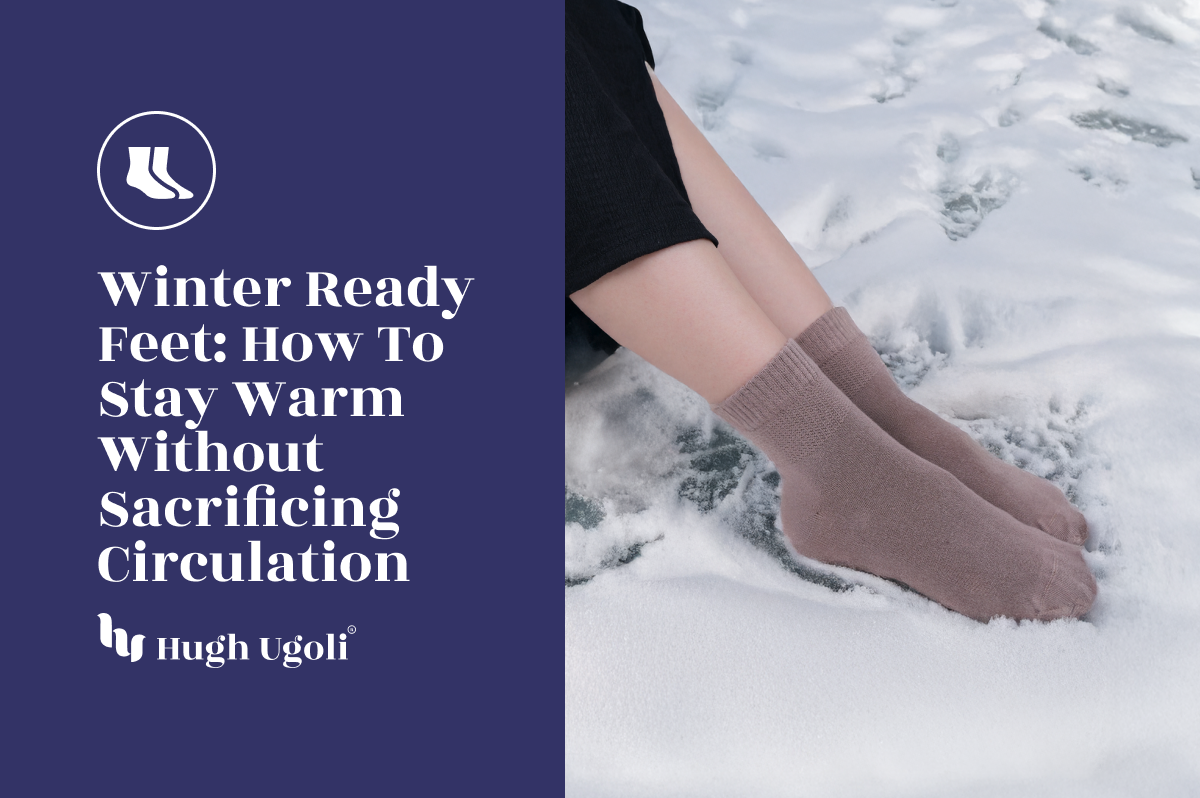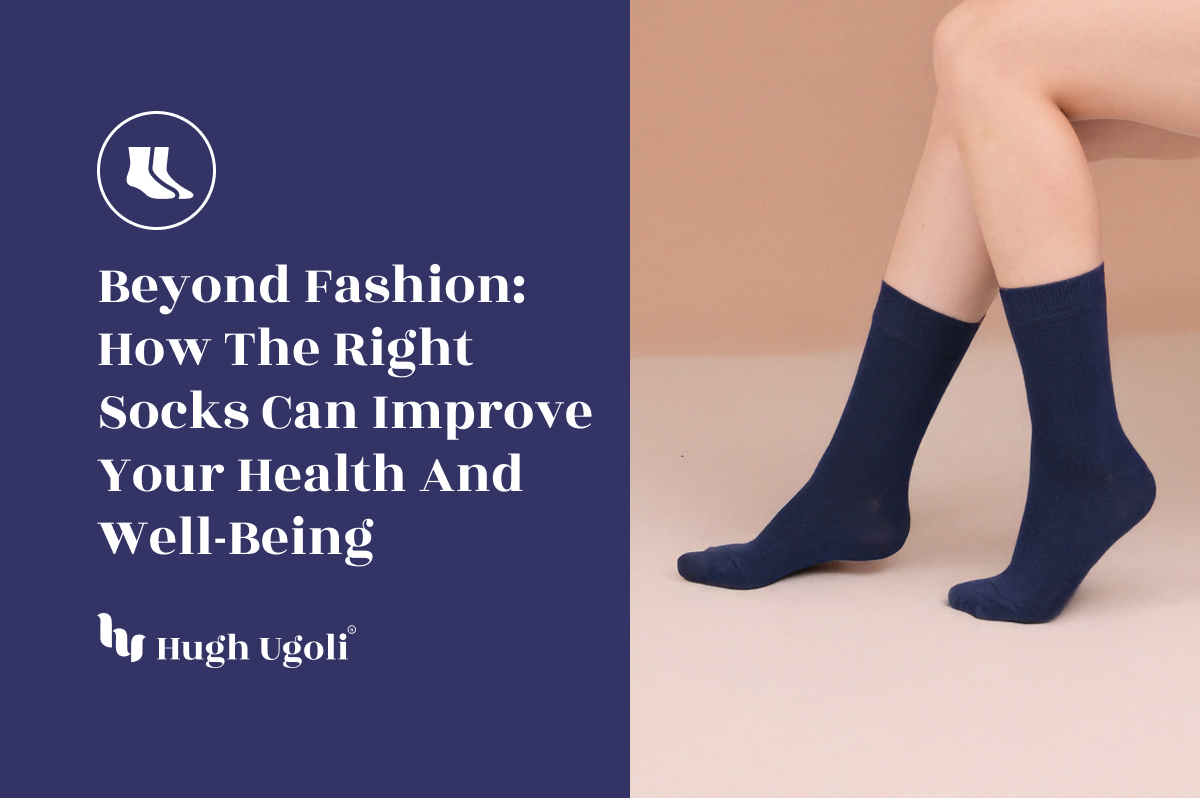Living with diabetes requires attentiveness to many health facets, particularly foot care. Diabetes can reduce blood flow and damage nerves, making feet more susceptible to injury and infection. Cotton socks for diabetics aren't just a mere afterthought but a suggested wardrobe staple. But why cotton? Does it deserve the diabetic's go-to footwear laurel? We're here to sift through style and substance to address the question: Should people with diabetes wear cotton socks? Diabetic feet need socks to balance comfort, warmth, and breathability. Cotton, known for its soft, natural, and breathable qualities, seems ideal. However, the conversation isn't merely about choosing cotton or not. There's more to diabetic foot care, and we're here to unravel those threads.
Why Cotton May Not Rule the Sock Kingdom
The buzz around cotton socks for people with diabetes hinges on comfort. Cotton is like that reliable friend, familiar and comforting. However, cotton can be a sneaky foe when managing moisture. Yes, it's absorbent, which means it can sop up a sweat, but it holds onto it, staying wet—hardly ideal for diabetic feet that must remain dry to avoid infections. This damp environment may become a breeding ground for bacteria and fungi, which is something to watch out for.
Beyond absorbency, the speed at which a material dries matters. Cotton lingers in damp defeat while newer materials sprint ahead, drying quickly. We don our detective hats and look beyond old-school advice, taking tradition and technology into our fashion-forward stride.
Alternative materials are stepping up, challenging cotton's long-held supremacy in the sock department. From synthetic blends to wool wonders, the entire lineup is ready to compete for the title' oBest Socks for Diabetics.'

The Contenders: Alternatives to Cotton Socks
People with diabetes, meet your potential new sole-mates—fabrics designed to manage moisture like pros. Synthetic blends are the hi-tech heroes in this narrative. They wick moisture away, drying faster than a celebrity scandal on social media, and often incorporate features such as antimicrobial properties to fend off unwelcome microscopic guests.
On the natural front, materials like Merino wool are gaining popularity. Far from the scratchy wool of yesteryear, modern Merino is smooth, soft, and adept in temperature regulation, keeping feet comfy in all kinds of weather.
Let's break down the features that make these materials stand out:
- Moisture-wicking abilities to keep feet dry and happy
- Quick-drying characteristics to avoid a soggy sock situation
- Antimicrobial technologies for that oh-so-important hygienic edge
- Temperature-regulating properties to avoid overheating or freezing toes
So, if you're ready to put a spring in your step, these innovative alternatives to cotton socks might be the answer you've been looking for in diabetic foot care.
Choosing the Best Socks for Diabetic Feet
Selecting the right sock is an individualized fashion statement beyond mere aesthetics. It's about understanding the material science that stands between you and potential foot complications.
When shopping for diabetic-friendly socks, consider fabric functionality like moisture-wicking capabilities and fit—the sock should neither be too tight to impede circulation nor too loose to form bunches and cause friction. Look for seamless designs to minimize irritation, especially if your feet are sensitive due to neuropathy.
Remember, the perfect sock for one person with diabetes may not be the same for another. Lifestyle, activity levels, and personal preference play a role in this decision. Here's a trendy tip: Watch for socks with extra padding in high-pressure areas.
This can be a game-changer for both comfort and preventing pressure points or ulcers, concerns that are particularly important for diabetic individuals. Socks are often underestimated but never undervalued in a diabetic's daily defense against foot issues. Take the time to assess your options and make an informed choice that your feet will thank you for.
In conclusion, while cotton socks for people with diabetes are a traditional recommendation, they may not always be the best choice given their moisture-retaining pitfalls. Today's trendsetters are turning toward materials that offer advanced moisture management, comfort, and protection.
Balancing tradition with technological advancements can empower people with diabetes with the best of both worlds. Keep your feet in vogue with innovative sock selections that cater to your diabetic needs. Remember, each step in the correct sock is a stylish stride towards healthy, happy feet.






